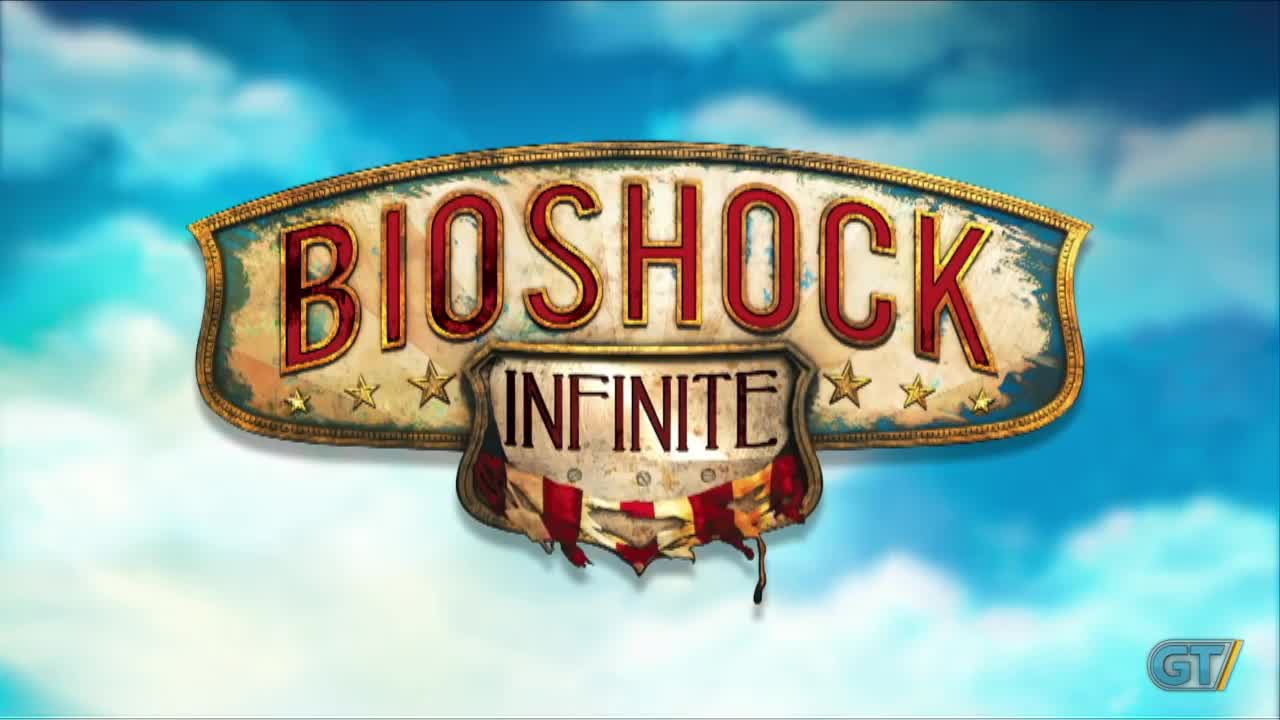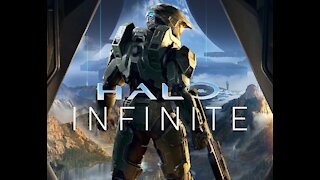Premium Only Content

Bioshock Infinite - VGA 2012 World Premier Teaser
BioShock Infinite was developed by Irrational Games and published by 2K Games, with Ken Levine working on the game as the creative director and lead writer. Irrational and Levine, who had previously developed the original BioShock, passed on the opportunity to work on the sequel BioShock 2 in favor of a new BioShock game with a different setting, with Take-Two Interactive allowing them the freedom to develop it. Work on Infinite began in February 2008, with the game's concept being formed six months after the original BioShock's release. Under the moniker "Project Icarus," Irrational worked in secrecy on Infinite for two-and-a-half years prior to its announcement on August 12, 2010. The game's development took about five years, with it finally announced as going gold on February 19, 2013. Irrational's work on the game required a team of about 200 people, while also receiving substantial assistance from developer company 2K Australia, which was formerly part of Irrational Games.
During the initial stages of development, Irrational originally considered several settings for the game, including reusing Rapture or setting the story in the Renaissance period, before finally deciding on the floating city of Columbia. The decision to set the game in Columbia originated after the developers and Levine read Erik Larson's 2003 non-fiction book The Devil in the White City, which prominently featured the World's Columbian Exposition set in Chicago during 1893. The time period at the turn of the 20th century and the historical events surrounding it, such as the World's Columbian Exposition, inspired the game's setting as a city in the sky, while the concept of American exceptionalism, which the World's Columbian Exposition was considered to have symbolized, later inspired the game's story and setup. The game also incorporated influences from more recent events at the time such as the Occupy movement in 2011, and several films such as David Lynch's Blue Velvet and Stanley Kubrick's The Shining.
Central to the game was the relationship between the player character Booker and the AI companion Elizabeth. Unlike BioShock's Jack and BioShock 2's Subject Delta, both of whom were silent protagonists, BioShock Infinite's protagonist Booker was given his own voice and identity. Elizabeth, a crucial element of the game, was designed as a character which could not only be a useful AI companion to the player but a real partner with a significant emotional bond as well. Elizabeth's development was inspired by the character Alyx Vance, who was described by Levine as a central element and an "emotional driver" of Half-Life 2. For the story, Levine took a novel approach by bringing the voice actors for Booker and Elizabeth, Troy Baker and Courtnee Draper, respectively, into the studio to develop their characters and help refine the story. Levine, however, did not provide the actors with full knowledge of the story in order to help them develop their characters' relationship in a much more natural manner.
BioShock Infinite runs on a heavily modified Unreal Engine 3, with additions and replacements on the core engine. Irrational had initially considered using the heavily modified Unreal Engine 2.5 used for the original BioShock, but it was deemed inadequate for their vision. According to Levine, Infinite was designed and developed from scratch, with none of its assets taken from previous BioShock games. In terms of gameplay, Irrational designed the vertical and open-air spaces of Columbia to provide more opportunities to include various types of combat compared to the close-ranged limits of Rapture within the original BioShock. As the game neared publication, numerous materials such as Vigors, Tear mechanics, weapons, locations, characters, and other enemies, were cut from it, with claims that enough material for five or six games had been scrapped during this process. Several members of the Irrational staff also departed near the end of the game's development, with their roles filled by replacements.
Levine stated that the performance issues faced by the Windows version of previous BioShock games had been addressed by Irrational in Infinite. He further added that the Windows version, enabled by Steamworks, would not use additional digital rights management software such as Games for Windows – Live or SecuRom. The retail Windows version would ship on three DVD discs to accommodate higher-resolution textures beyond the consoles versions, and would support video cards capable of running DirectX 11 in addition to DirectX 10, allowing for further graphical improvements to the game. Irrational also addressed another issue faced by the original BioShock, in that the PlayStation 3 version of Infinite would not be a port and was being developed in-house simultaneously with the Windows and Xbox 360 versions. In addition, the PlayStation 3 version would support stereoscopic 3D and the PlayStation Move motion controller, and would also include a free copy of the original BioShock in North America.
BioShock Infinite was released worldwide for the Microsoft Windows, PlayStation 3, and Xbox 360 platforms on March 26, 2013. Aspyr later published and ported Infinite to the OS X platform which was released on August 29, 2013. Two major pieces of downloadable content have since been released by Irrational for the game. The first piece is Clash in the Clouds, a non-story arena-based combat mode where the player is faced with increasingly difficult waves of enemies on various maps based on in-game settings. It was released on July 30, 2013. The second piece is Burial at Sea, a story-based expansion set in Rapture that links Infinite's story to that of the original BioShock game. It consists of two episodes, with the first one released on November 12, 2013, and the second one on March 25, 2014. BioShock Infinite: The Complete Edition, bundling BioShock Infinite with Clash in the Clouds and Burial at Sea, was released on November 4, 2014.
BioShock Infinite along with Burial At Sea was remastered and released for the PlayStation 4 and Xbox One as part of BioShock: The Collection in September 2016; the Windows version of Infinite, at this time, was considered already at par with the console version and did not receive any additional updates. A standalone version of BioShock Infinite (including Burial at Sea) as well as The Collection was released on the Nintendo Switch on May 29, 2020.
-
 1:05
1:05
TheWorldUnplugged
4 years ago $0.27 earnedThe World Unplugged teaser
4521 -
 1:50
1:50
johnson2
4 years agoDragon Ball FighterZ - 2019 2020 World Tour Teaser Trailer
58 -
 1:31
1:31
SugarShane808
4 years agoMax D FREESTYLE - Monster Jam World Finals 2012
22 -
 1:40
1:40
SugarShane808
4 years ago $0.01 earnedGrave Digger FREESTYLE - Monster Jam World Finals 2012
73 -
 2:48
2:48
SugarShane808
4 years agoNorthern Nightmare WINNER FREESTYLE - Monster Jam World Finals 2012
9 -
 2:00
2:00
SugarShane808
4 years agoSon Uva Digger FREESTYLE - Monster Jam World Finals 2012
21 -
 5:43
5:43
HaloInfinite
4 years ago $0.01 earnedHalo Infinite Trailer
80 -
 1:32
1:32
SugarShane808
4 years agoMax D vs. Monster Energy FINALS - Monster Jam World Finals 2012
25 -
 LIVE
LIVE
Dr Disrespect
1 hour ago🔴LIVE - DR DISRESPECT - WARZONE - RAGE ON THE MAIN STAGE
1,206 watching -
 LIVE
LIVE
Steven Crowder
3 hours ago🔴Game Over: Trump's EU Trade Victory Shows How Stupid "Experts" Really Are
33,326 watching